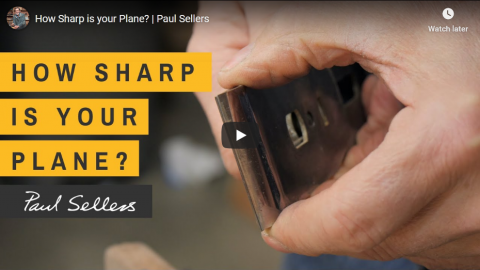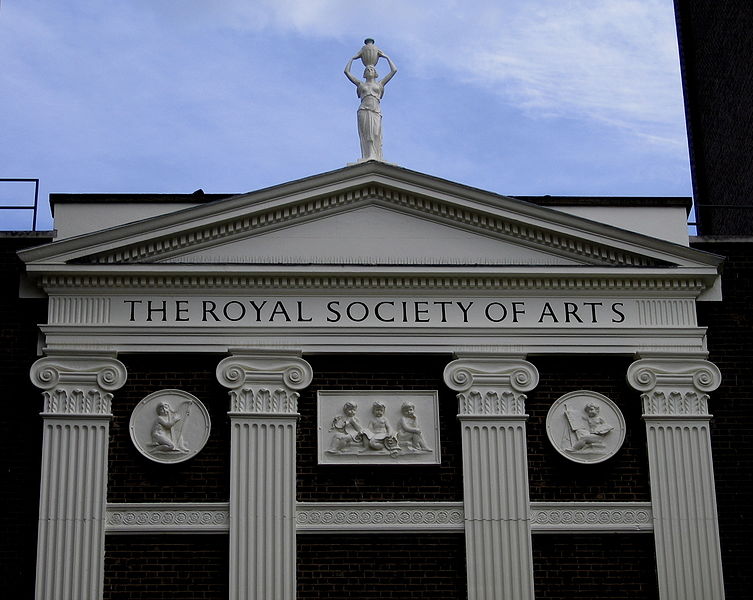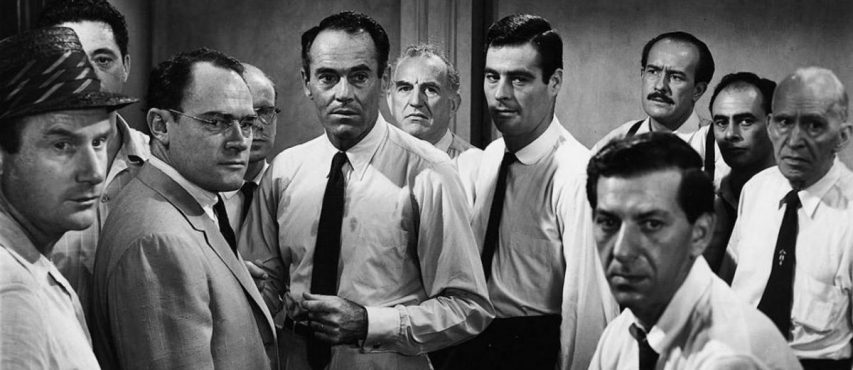 The 2020 NFL draft is the first time that a draft has been conducted under lockdown, so the “big event” the NFL has hyped-up for the last few decades is now a virtual event hosted at ESPN’s studio in Connecticut. Each team has their own isolated General Manager, electronically in contact with key members of their coaching and scouting staffs, effectively conducting a mock draft for real from their respective basements. The possibilities for disruptions, errors, and unintentional gaffes are at an all-time high. It might even have been worth everyone’s time to follow on TV or online, just for that comic potential.
The 2020 NFL draft is the first time that a draft has been conducted under lockdown, so the “big event” the NFL has hyped-up for the last few decades is now a virtual event hosted at ESPN’s studio in Connecticut. Each team has their own isolated General Manager, electronically in contact with key members of their coaching and scouting staffs, effectively conducting a mock draft for real from their respective basements. The possibilities for disruptions, errors, and unintentional gaffes are at an all-time high. It might even have been worth everyone’s time to follow on TV or online, just for that comic potential.
Coming into the first round of the draft, the Minnesota Vikings had their own pick at 25 and Buffalo’s pick at 22 obtained as part of the Stefon Diggs trade. Vikings General Manager Rick Spielman, known affectionately as “Trader Rick” for his long-standing habit of swapping draft picks during the draft, was expected to be his usual huckster self and few expected the Vikings to end up with both of their first round picks by the end of the day.
After the 2019 season, the Vikings had parted ways with some key players and had identified other needs on both sides of the ball that could be addressed in the draft. The priority of those needs can be debated, so this is not in canonical order by anyone’s standards:
- Cornerback — Starting corners Xavier Rhodes and Trae Waynes along with nickel Mackenzie Alexander will all be wearing different uniforms for the 2020 season, leaving the Vikings very short-staffed at this position. At least one of the first five picks should be a corner. Some players that might be available in the first round include Trevon Diggs (who I think we can be pretty sure won’t be the Vikings’ pick, for reasons), Jaylon Johnson, Noah Igbinoghene, Kristian Fulton, and Jeff Gladney.
- Wide Receiver — The surprising trade with Buffalo that netted the Vikings extra picks in the draft in exchange for the services of Stefon Diggs means that Minnesota has a vacancy opposite Adam Thielen. This is widely declared to be potentially the best draft for wide receivers in many years, so this is a need that should be relatively easy to address. Potentially available players include CeeDee Lamb, Henry Ruggs III, Justin Jefferson, Denzel Mimms, Tee Higgins, and Jalen Reagor.
- Guard — The Vikings parted company this offseason with right guard Josh Kline which was unexpected as he had been a solid performer for the team in 2019. Pat Elflein was the most easily identified weak spot on the offensive line and at the very least needs to be challenged for his starting spot (many fans would say he should be cut, not just “challenged”). The team may consider Dru Samia ready to step in for Kline, but it’s not clear if Oli Udoh, Brett Jones, or Dakota Dozier can be seen as starting-level replacements. This isn’t seen as a strong draft for interior offensive linemen, so guards Robert Hunt, Damien Lewis, and Jonah Jackson are expected to still be available well into the second round. Centres Cesar Ruiz, Lloyd Cushenberry, Matt Hennessy, and Tyler Biadasz may also be still on the board on day two.
- Defensive End — Everson Griffin exercised his option to void the remaining years of his contract and backup Stephen Weatherly left in free agency, which means the team may be looking to draft an edge rusher to shore up the defensive line. Ifeadi Odenigbo played very well in relief last season and could be ready to step into the starting role, but as with cornerbacks, you can never have too many talented pass rushers. K’Lavon Chaisson, Zack Baun, Yetur Gross-Matos, Terrell Lewis, and Julian Okwara are potential picks in the range the Vikings will be picking.
- Tackle — Both Minnesota’s offensive tackles are under contract for this year, but left tackle Riley Rieff might be looking over his shoulder if the team decides to trade for Washington’s Trent Williams or draft one of the top college tackles to replace him. Most mock drafts show the top four or five tackles going off the board early in the first round, but one or two may drop into the mid-twenties: Mekhi Becton, Tristan Wirfs, Josh Jones, or Austin Jackson might be there by 22.
- Defensive Tackle — The team cut Linval Joseph at nose tackle for salary cap reasons, and brought in Michael Pierce to replace him. Shamar Stephen is still available at the 3-tech, but the team may be considering trying to upgrade their interior pass rush capabilities with a rookie DT. A.J. Epenesa, Ross Blacklock, Justin Madabuike, Marlon Davidson, and Neville Gallimore might be available past the first twenty picks.
- Safety — This may not be a dire need, but with Anthony Harris potentially playing on the franchise tag (if the team doesn’t trade him during the draft), and having lost backups Andrew Sendejo and Jayron Kearse to free agency, some long-term concerns exist in the backfield. Expected to still be available when the Vikings are on the clock: Xavier McKinney, Grant Delpit, hometown favourite Antoine Winfield Jr., Ashtyn Davis, and Jeremy Chinn.
All of the above was written before the draft began … I probably should have posted that on Thursday.
With the Vikings on the clock for the 22nd pick (originally Buffalo’s traded as part of the Stefon Diggs deal), Minnesota selected LSU wide receiver Justin Jefferson.

Jefferson had an absolutely monstrous season for the Tigers in their National Championship season. He caught 111 passes on the year, which was the most in the country, accounting for 1,540 yards (third in the country) and 18 touchdowns (second in the country). I’m not sure how that only managed to get him on the All-SEC Second Team, but whatever. He had a huge performance in the Peach Bowl as well, catching 14 passes for 227 yards and four touchdowns. After that performance, it’s no surprise he decided to skip his senior season in Baton Rouge and enter the NFL Draft.
Jordan Reid of The Draft Network has Jefferson as his #4 wide receiver and the #18 player overall on the Big Board in his Draft Guide. Here is his evaluation of Jefferson.
A former two-star recruit, but Justin Jefferson always had a high-star work ethic. Being that he was legacy and had brothers who suited up successfully for the Tigers, playing in Baton Rouge had a deeper meaning behind it. Since stepping on campus, many mentioned how hungry he was to succeed from the beginning. His quickness and smarts help him overcome what he lacks from a stature standpoint. After a successful year, he went on to top those totals and become the top slot option for a record setting offense. Scouts are enamored with Jefferson because of his football acumen, love for the game, and value that he brings. Because of questions about his in-game play strength, he may be limited to a slot only role where he won’t be challenged as frequently. Jefferson projects as first-round selection that will be an option to play early on as a rookie because of how mature his game is, plus his consistency as a catcher will enable him to take on a heavy workload in his first year and beyond.
Jefferson should become the immediate starter for the Vikings across from Thielen, and should be able to make a significant contribution to the Vikings’ offense immediately.
The Vikings were on the clock again with the 25th pick, but traded it to San Francisco, moving back to the 31st pick and getting the 49ers’ 117th in the 4th round and 176th in the fifth round.
With the 31st pick, the Vikings selected TCU cornerback Jeff Gladney.

Gladney may not have racked up a lot of interceptions during his time in Fort Worth, only picking off one pass. However, he’s certainly been around the football, having collected 15 pass breakups in each of the past two seasons while starting all 27 games for the Horned Frogs. After this year’s Scouting Combine, he had surgery to repair a meniscus injury that he played through as a senior, but he should be ready to go by the time Training Camp comes around.
Jordan Reid of The Draft Network has Gladney as his #3 cornerback and #24 overall on his Big Board in his Draft Guide. Here is his evaluation of Gladney.
Starting since he stepped foot on campus, Gladney is one of the most competitive cornerback prospects that you will see in this class. Not just in coverage, but also as a run defender. He’s scrappy, tough, and physical. Projecting best in a press man scheme, Gladney has the physical attributes and vertical speed necessary to quickly become a starter. Possessing high-end athleticism and recovery skills, Gladney could prove to be one of the better defensive backs of this entire crop. There’s not much to dislike about his game overall and he has the talent to become a top-40 pick.





 The 2020 NFL draft is the first time that a draft has been conducted under lockdown, so the “big event” the NFL has hyped-up for the last few decades is now a virtual event hosted at ESPN’s studio in Connecticut. Each team has their own isolated General Manager, electronically in contact with key members of their coaching and scouting staffs, effectively conducting a mock draft for real from their respective basements. The possibilities for disruptions, errors, and unintentional gaffes are at an all-time high. It might even have been worth everyone’s time to follow on TV or online, just for that
The 2020 NFL draft is the first time that a draft has been conducted under lockdown, so the “big event” the NFL has hyped-up for the last few decades is now a virtual event hosted at ESPN’s studio in Connecticut. Each team has their own isolated General Manager, electronically in contact with key members of their coaching and scouting staffs, effectively conducting a mock draft for real from their respective basements. The possibilities for disruptions, errors, and unintentional gaffes are at an all-time high. It might even have been worth everyone’s time to follow on TV or online, just for that 











